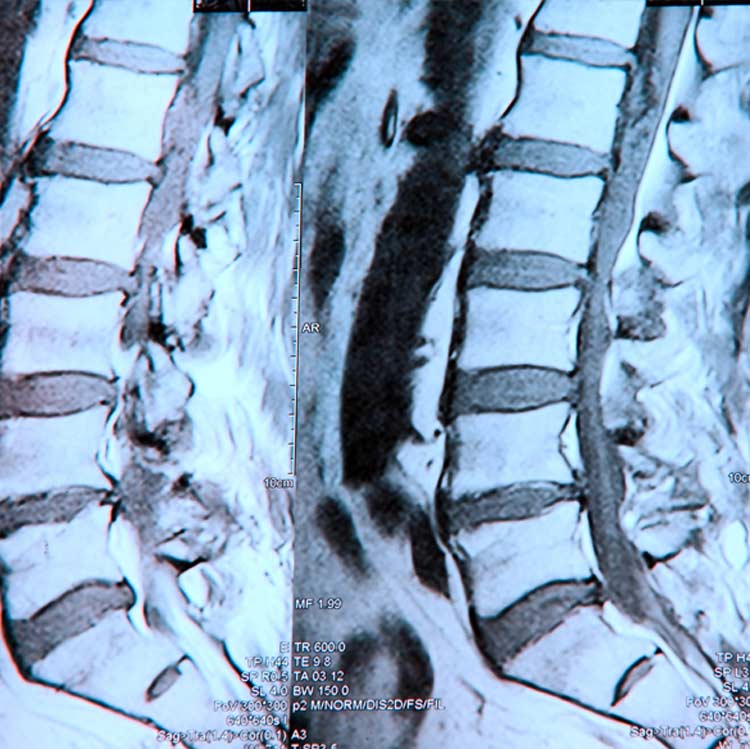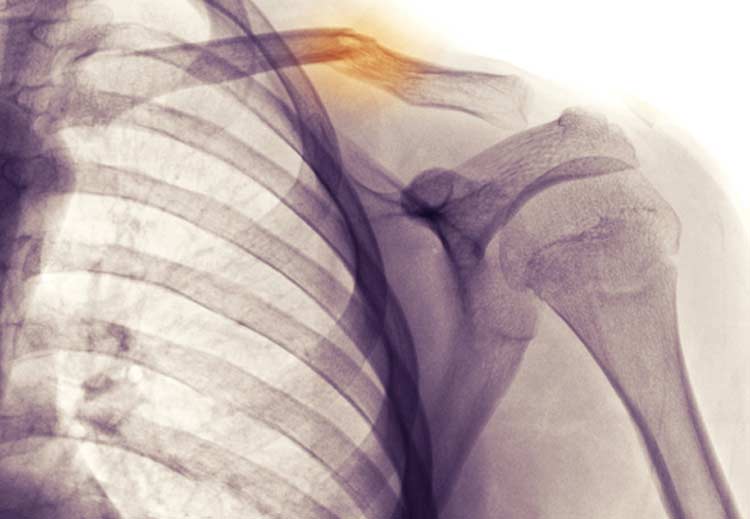
Get back to your livelihood with treatment for on-the-job injuries.
According to the Occupational Safety and Health Administration (OSHA), falls are among the most common of the on-the-job injuries that typically occur in the United States. However, there are several other work-related activities or movements that may result in injuries to bones, spinal discs, joints, and soft tissues. According to Bureau of Labor Statistics data, these injuries are more likely to happen to:
- Construction, industrial, and warehouse workers
- Truck drivers
- Hospital workers
Common On-the-Job Injuries
Injuries from high-risk occupations may be due to lack of sufficient training or failure to properly use safety or assistance equipment (e.g., trying to manually carry heavy boxes when a dolly or handcart is available). Often caused by repeated extension and contracting or prolonged, unnatural work postures, repetitive stress injuries are the most common type of on-the-job injury. Such injuries may include carpal tunnel syndrome, tendinitis, and bursitis. Work-related musculoskeletal injuries may also include:
- Low back pain (LBP) from improper lifting or long periods of sitting
- Neck and shoulder pain or strain from repetitious movements like glancing at a computer monitor while typing
- Walking accidents (running into objects)
- Moving joints or soft tissues beyond a normal range of motion (overexertion injuries)
- Injuries from machines
- Reaction injuries (slipping without falling)
- Falls resulting in fractures (broken bones) or inflammation affecting tissues and joints
- Injuries from accidents occurring during work-related travel


Diagnosing and Treating On-the-Job Injuries
Work-related injuries involving joint dislocations, cartilage damage, sudden back pain, radiating nerve pain, and stress fractures are often diagnosed with X-rays, CT scans, and MRIs. The circumstances that likely caused the injury will also be considered, as will a patient’s medical history.
In some instances, an on-the-job injury aggravates a preexisting condition, as may be the case with a back injury that worsens pain from a herniated disc or a degenerative spine condition. Nerve conduction studies, never block injections, and arthroscopic surgery for exploratory purposes may also help achieve an accurate diagnosis. Treatment of on-the-job injuries may involve:
- Pain and anti-inflammatory medications
- Pain and anti-inflammatory medications
- Therapeutic techniques (electrotherapy, heat/ice therapy)
- Surgery if symptoms are severe or other treatments aren’t effective
Preventing or Minimizing Work-Related Injury Risks
Work-related injuries cost U.S. business more than $50 billion in lost productivity annually due to absenteeism or an inability to fully perform expected job duties. While some on-the-job injuries can’t be anticipated, there are steps that can be taken to minimize workplace risks as much as possible, including:
- Taking periodic breaks or shifting positions while sitting
- Using ergonomic chairs to minimize posture issues
- Lifting by bending hips and knees rather than leaning forward
- Knowing when to ask for help when lifting or moving heavy objects
- Using a lumbar back brace to minimize back pain, especially with physically demanding occupations
Even if an on-the-job injury seems minor, such as a sprain or strain from over-extending or occasional discomfort in wrists or hands, symptoms shouldn’t be ignored. Lingering pain that’s not treated, especially when inflammation is involved, may result in damage to nerves and joints. Seeking treatment sooner rather than later often results in potential issues being treated at a point where damage can be minimized or successfully corrected.


